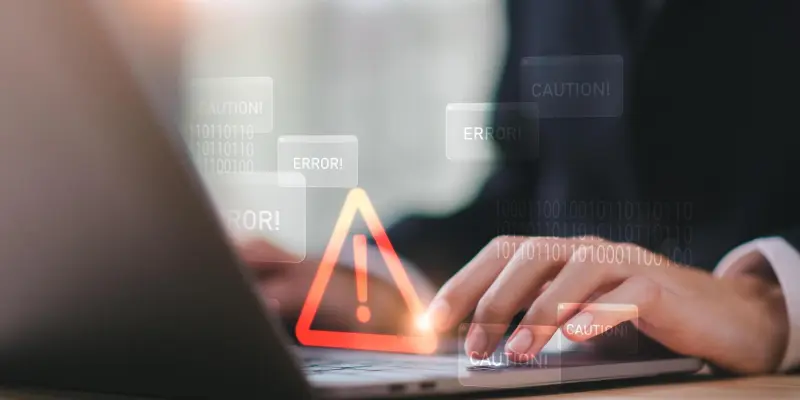Samsung has continually faced scrutiny over its delay in rolling out software updates, an issue that becomes more detrimental in the competitive high-end smartphone market. This problem is exacerbated by the comparison to Google’s faster and more frequent distribution of updates, particularly for the Pixel series. The longer Samsung takes to deliver updates for its flagship devices, the more it risks falling behind in a market where timely software improvements and security patches are critical. Samsung’s challenge is not just about keeping up with new features but ensuring the security and smooth performance that customers expect when they invest in premium devices.
Google’s Update Efficiency
One of the most significant advantages that Google holds in the smartphone industry is its efficient update process. Google’s Pixel devices often receive updates soon after new versions of Android are released, setting a high standard for all manufacturers. This rapid deployment is not only about adding new features but also about maintaining the security and overall performance of devices. Google’s approach has consistently raised customer expectations, making it harder for other manufacturers to justify delays.
For instance, Google’s Android 16 updates were quickly rolled out across multiple Pixel devices, ensuring that users had access to the latest enhancements and security measures without much delay. This seamless update process stands in stark contrast to Samsung’s fragmented and often delayed timeline. Many Samsung users wait significantly longer to receive similar updates, especially for non-flagship models. This lag not only frustrates users but also poses potential security risks, as outdated software is more vulnerable to exploits.
Samsung’s Fragmented Ecosystem
Samsung’s delayed update schedule is partly due to its fragmented ecosystem. Unlike Google, which maintains control over both the hardware and software of its Pixel devices, Samsung must navigate a more complicated landscape. Samsung’s custom One UI layer adds another layer of complexity, slowing down the overall update process even further. The company recently announced a new schedule for One UI 8 based on Android 16, but it is clear from past patterns that catching up to Google’s update pace is a significant challenge.
This fragmented approach means that while some flagship Samsung devices might receive updates relatively quickly, others, especially mid-range and older models, lag considerably. The disparities among different devices in Samsung’s lineup create an inconsistent user experience, further aggravating their customer base. The delays are increasingly viewed as unacceptable, especially as consumers have more options and expect timely updates as a basic service.
Security and Privacy Concerns
One of the primary reasons timely updates are critical is due to the implications for security and privacy. Google’s efficient update mechanism allows it to address vulnerabilities and deploy security patches almost immediately across its Pixel lineup. This level of responsiveness is essential in protecting customer data and ensuring the devices operate smoothly.
In contrast, Samsung’s delay in rolling out updates leaves a significant number of devices with outdated software, increasing the risk of security breaches. This issue is particularly critical given the rising threats in cybersecurity. Consumers are becoming increasingly aware of the importance of security updates, and any delays can undermine their trust in the brand. As a result, Google’s ability to deliver timely updates not only enhances the overall user experience but also fortifies device security, which is a crucial aspect in today’s technology landscape.
Competitive Disadvantage
The growing gap between Google and Samsung in terms of update efficiency is becoming more pronounced, especially in the high-end smartphone market. Owners of premium devices, who have paid upwards of $1500, expect top-tier performance and timely updates. Samsung’s inability to match Google’s update speed is likely to impact consumer perception and, ultimately, sales.
In an industry where loyalty can shift quickly based on performance and reliability, Samsung’s slower update process puts it at a competitive disadvantage. Customers are likely to gravitate towards brands that ensure their devices stay current with the latest features and security patches. Additionally, this lag in updates may push consumers to consider alternatives, bringing more competition and reducing Samsung’s market share in the high-stakes flagship segment.
The Need for Change
To bridge the gap and remain competitive, Samsung must streamline its update process. This means not only reducing the time it takes to roll out updates but also ensuring that all devices, regardless of their tier, receive timely improvements. The company needs to optimize its fragmented ecosystem, perhaps by simplifying its custom UI layer or working more closely with Google to enhance efficiency.
Consumers have voiced their dissatisfaction with the current state of updates, and it is clear that Samsung must respond if it is to maintain its position in the market. Expedited updates will enhance the customer experience, boost security, and ensure Samsung devices remain a viable option for tech-savvy consumers. If Samsung implements these changes, it can mitigate the risks associated with its current lag and regain consumer trust and satisfaction.
Moving Forward
Samsung has repeatedly dealt with criticism regarding its sluggish pace in releasing software updates, a significant drawback in the fiercely competitive high-end smartphone market. This issue becomes particularly glaring when compared to Google’s more efficient and frequent update schedule, especially for its Pixel series. The longer Samsung takes to provide updates for its flagship devices, the greater the risk it faces of lagging behind in a market where timely software enhancements and security patches are essential. The challenge for Samsung isn’t merely about introducing new features but also about maintaining the security and reliable performance that consumers anticipate when purchasing premium devices. As users expect cutting-edge technology and robust security from their high-end investments, any delay in updates can lead to dissatisfaction, affecting brand loyalty. Samsung must address this issue head-on, balancing the need for thorough testing and quick deployment to ensure both innovation and user trust.

